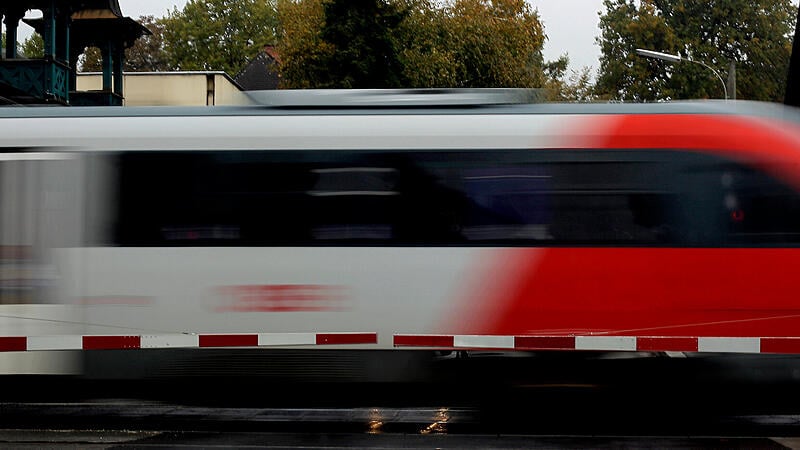Image: VOLKER WEIHBOLD
The risk of being killed in a railway crossing accident is on average 14 times higher than in a road accident. From 2017 to 2021, 376 accidents occurred at level crossings. 45 people were killed and 81 seriously injured.
The Court of Auditors (RH) is now calling for more speed in the safety of railway crossings in a report. These need to be better secured. Railway crossings with increased risk potential in particular should be secured with barriers and light signals. However, whether there is an increased risk potential at the intersections would first have to be investigated. A 2012 regulation requires public railway crossings to be inspected for safety by the end of August 2024. However, by the end of 2021, less than half of railway crossings had been inspected. The Court of Auditors therefore assumes that the deadline cannot be met.
Overall, the annual number of accidents has fallen by 26 percent since 2012 and the number of deaths by 40 percent. There were 5,017 railway crossings in Austria in 2021. Of these, 3,658 were public, 1,359 were not. Of the public crossings, 2,061 were technically secured; 1,597 railway crossings were not secured, or 44 percent. They only had St. Andrew’s crosses and other danger signs such as a stop sign. According to the RH, the reviews, which should take place by August 2024, should be accelerated in order to more quickly prescribe a type of technical security for railway crossings that are not technically secured and have an increased risk potential. However, a planned amendment to the regulation provides for an extension of the deadline. The RH emphasizes that most fatal train accidents occur at railway crossings. The Court of Auditors also points out the high follow-up costs that arise from accidents at railway crossings. In the period under review, these amounted to 188.03 million euros, significantly more than for securing the crossings. The costs for railway crossings that were newly built or adapted were 107.55 million euros between 2017 and 2021.
It is often controversial who bears the costs of the transitions. The railway companies and the states or municipalities as road maintainers can mutually regulate who will cover the costs. If no agreement is reached, they will each bear half of the costs. Regardless of payments from the states or municipalities, the railway companies are obliged to build the facilities in advance.
Source: Nachrichten




